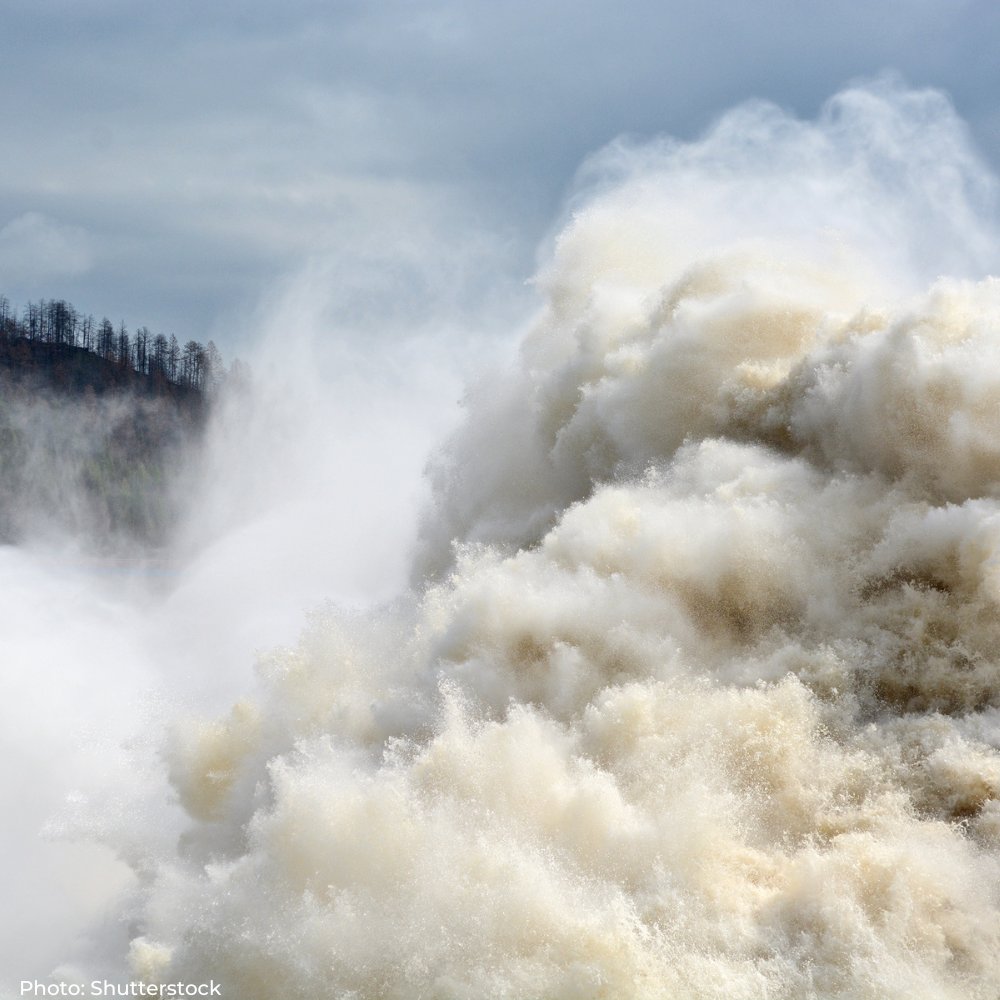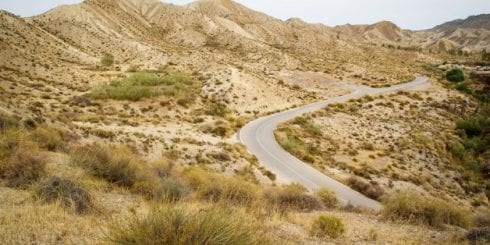SEASIDE town halls are being urged by UNESCO to put emergency plans in place against a possible tsunami.
A new study by the United Nations body claims the probability of a tsunami bigger than one metre on the Mediterranean coastline is 100% over the next 30 years.

It is most likely to be caused by an offshore earthquake or an undersea volcano eruption, such as one offshore from the Italian island of Panarea, as scientists note the ‘instability’of its behaviour.
The claims were backed up by the research of underwater explorer Alexis Resenfeld, who described the constantly erupting volcano as the ‘gates of hell’.
In a study for the 1Ocean expedition with UNESCO, it was discovered that more than a million litres of gas can be released from the area every day.
Scientists were this week discussing the threat of a tsunami in more detail at a UN Oceans conference in Lisbon.
In particular, they want to stress how vital it is for all coastal communities to be fully prepared for the worst by 2030.
While concerns in Spain are focused on Chipiona, on Cadiz’s Costa de la Luz,the Baleares have also been warned to make themselves ‘tsunami ready’.
The working group of the Hydraulic Institute of the University of Cantabria (IH Cantabria), led by Mauricio Gonzalez,said that coastal municipalities on Mallorca, Menorca, Ibiza and Formentera need to calculate the risk of a tsunami. So far, he says, no municipality has been prepared to respond properly to a tsunami warning.
The researcher explained that the areas most exposed to the impact of a tsunami are in the Mediterranean.
Last year, the entire Costa del Sol, and Baleares were put on a similar warning by Spain’s Institut de Ciencies del Mar (CSIC).
It warned of thousands of homes being destroyed and many lives lost within 20 minutes of a potential earthquake in the Averroes fault.

Scientific evidence points to a giant 12m tsunami that travelled at up to 750km as having hit Formentera in 1756 due to a seaquake measuring 7.3 on the Richter scale along the Averroes fault. The force of the wave hurled giant giant blocks of rock weighing up to 32 tonnes 10 metres above the water line.
“In the Mediterranean, there is no question about it: it is not if, it’s when,” said UNESCO tsunami expert Bernardo Aliaga, this week.
The experts are worried that towns and cities on the Mediterranean underestimate the risk of tsunamis because they are not as frequent as, for example, in the Indian Ocean.
They claim this increases the danger as fewer measures are enforced and warnings are not properly given.
The threat caused by a tsunami is made significantly greater due to rising sea levels.
Studies in China show the higher the sea levels, the further inland tsunami waves travel.
UNESCO plans to support towns and cities as they enforce preparation measures such as alert systems.
READ MORE:
- WATCH: Tsunami of lava flows from La Palma volcano destroying more homes, a football pitch and supermarket
- Spain’s Andalucia to put in motion ‘Drill Response 21’ a catastrophe simulation of three major emergency situations—tsunami, earthquake and…
- IN PICS: ‘Mini-tsunami’ brings flooding to two coastal towns on Spain’s Costa Blanca
Click here to read more Mallorca News from The Olive Press.








